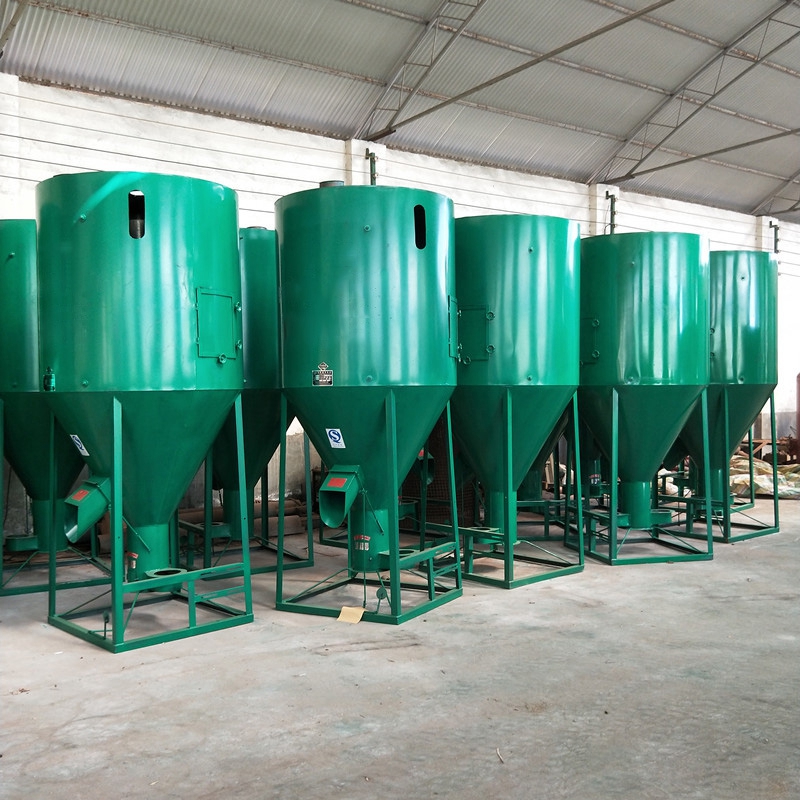feed pellet machines
Oktoba . 09, 2024 15:29 Back to list
feed pellet machines
Understanding Feed Pellet Machines A Comprehensive Overview
Feed pellet machines have become essential tools in the agricultural sector, particularly in livestock and aquaculture farming. As the demand for high-quality animal feed rises, these machines play a pivotal role in ensuring that the feed is processed efficiently and effectively. This article explores the functionality, types, benefits, and operation of feed pellet machines, providing insights for farmers, feed producers, and stakeholders in the agricultural sector.
What Are Feed Pellet Machines?
Feed pellet machines are specialized devices designed to compress feed raw materials into small pellets. These pellets serve as concentrated feed that can be easily consumed by animals, making them an efficient way to deliver nutrients. The pellets are generally made from a mixture of grains, seeds, and other feed components, which are processed through grinding, conditioning, and pelleting.
How Do They Work?
The process begins with the preparation of raw materials, where ingredients are ground into a fine powder. This is crucial as it allows for better mixing and ensures even distribution of nutrients within the pellet. Once the materials are ground, they are subjected to heat and moisture during the conditioning phase. This process softens the ingredients, making them more amenable to compression.
The softened mixture is then forced through a die in the machine, where it is shaped into pellets. The die's holes determine the size of the pellets, which can range from a few millimeters to several centimeters in diameter. The final step involves cooling and drying the pellets, which helps to harden them and prolong their shelf life.
Types of Feed Pellet Machines
Feed pellet machines come in various types and sizes, catering to different production scales and feed types. Here are some common categories
1. Flat Die Pellet Mills Ideal for small-scale production, these machines use a flat die and are known for their simplicity and ease of operation. They are especially popular among small farmers for producing feed for poultry, fish, and livestock.
2. Ring Die Pellet Mills More suitable for large-scale operations, ring die mills offer higher efficiency and production capacity. They are capable of producing a continuous output and are often used in commercial feed factories.
feed pellet machines

3. Mini Pellet Mills As the name suggests, these are smaller machines that cater to niche markets. They are portable and can be used for on-site production, enabling farmers to produce fresh feed without relying on external suppliers.
Benefits of Using Feed Pellet Machines
The use of feed pellet machines offers numerous advantages
- Nutrient Efficiency Pellets provide a concentrated form of nutrition, ensuring that animals receive all the necessary nutrients in a smaller volume. This leads to better feed conversion ratios and improved weight gain.
- Reduced Waste Pelleting reduces feed waste that can occur with loose feed, as animals tend to consume pellets more readily.
- Enhanced Palatability Pelleted feed is often more palatable to animals, promoting better feed intake and overall health.
- Longer Shelf Life Properly processed pellets have a longer shelf life compared to raw feeds, making storage easier and reducing spoilage.
- Convenient Handling Pellets are easier to transport and store, allowing for more efficient feed management on farms.
Conclusion
Feed pellet machines have revolutionized the way animal feed is produced and consumed. By improving the efficiency and quality of feed, these machines contribute significantly to the overall productivity of the livestock and aquaculture industries. Whether organizations are looking to scale their operations or enhance the quality of their feed, investing in a feed pellet machine can prove to be a valuable decision. As technology advances in this area, we can expect further innovations that will continue to benefit farmers and producers around the world. Understanding the functionalities and benefits of feed pellet machines is essential for anyone involved in animal husbandry and feed production, ensuring they can make informed decisions for their operations.
-
High Performance Exhaust Fan – Efficient Ventilation Solutions for Home
NewsJun.10,2025
-
High-Quality Gestation Pen for Sows Durable Mobile Pig Pen & Simple Pig Pen Solutions
NewsJun.10,2025
-
High Quality Rabbit Cage Double Tier Designs & Welded Wire Mesh Supplier
NewsJun.10,2025
-
Floating Fish Feed Machine - High Efficiency Floating Fish Feed Extruder for Small Scale Production
NewsJun.10,2025
-
Premium Poultry Housing Solutions Mobile & Commercial Free Range Options
NewsJun.10,2025
-
Industrial FRP Fans Corrosion-Resistant Blades & Centrifugal Systems
NewsJun.09,2025






